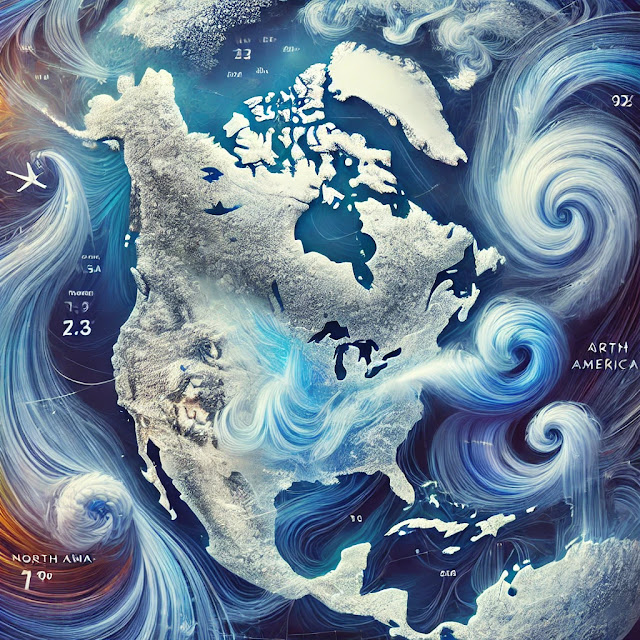Teleportation: A Future Possibility or Just Science Fiction?
The idea of teleportation has intrigued humanity for decades, from sci-fi shows like Star Trek to philosophical debates about the nature of existence. But beyond the realm of fantasy, how close are we to achieving this seemingly magical feat? Thanks to advancements in quantum mechanics and cutting-edge research, teleportation is no longer a pipe dream—it’s a burgeoning scientific reality. Let’s dive deep into the concept, the science, and the possibilities, and explore whether teleportation might become a reality in the not-so-distant future.
What is Teleportation?
Teleportation, as portrayed in fiction, refers to the instantaneous transport of physical matter—like a person—from one location to another. Scientifically, however, teleportation is more nuanced. It focuses on the transfer of information, specifically the quantum state of particles, rather than moving the particles themselves. This concept falls under quantum teleportation, which is rooted in a phenomenon called quantum entanglement.
Understanding Quantum Entanglement: The Key to Teleportation
Quantum entanglement occurs when two particles become so deeply interconnected that the state of one instantly affects the other, no matter how far apart they are. This “spooky action at a distance,” as Einstein famously described it, defies our traditional understanding of physics and forms the foundation of teleportation research.
- Key Milestone: In 1993, physicists proposed a model for quantum teleportation, enabling the transfer of a particle’s quantum state from one location to another using entanglement.
How It Works:
- Entangling Particles: Two particles are entangled, creating a shared quantum state.
- Scanning the Original: The state of the particle to be teleported is scanned and "destroyed" at the source.
- Recreating the State: Using quantum entanglement, the state is instantly transmitted and recreated in another particle at the destination.
This process does not transport the particle itself but rather its quantum information, effectively creating a perfect copy at the target location.
Real-Life Progress in Quantum Teleportation
While teleporting humans or objects remains theoretical, scientists have made significant strides in teleporting quantum information.
Key Achievements:
- Photon Teleportation: In 1997, physicists teleported the quantum state of a photon for the first time.
- Satellite Teleportation: In 2017, China’s Micius satellite teleported quantum states over 1,200 kilometers, demonstrating the potential for long-distance quantum communication.
- Atomic Teleportation: In 2004, researchers successfully teleported the quantum state of an atom, proving the scalability of the concept.
- Recent Breakthroughs: In 2020, scientists at Caltech achieved long-distance quantum teleportation over 44 kilometers with an impressive 90% accuracy rate.
These experiments mark the beginning of a technological revolution, laying the groundwork for future innovations in quantum communication and computing.
Challenges to Achieving Physical Teleportation
While quantum teleportation is a remarkable achievement, transferring physical matter, especially complex structures like humans, presents formidable challenges.
1. Complexity of the Human Body
- The human body contains approximately 37.2 trillion cells, each composed of billions of atoms. To teleport a person, every atom would need to be precisely mapped, transmitted, and reassembled—a Herculean task.
- Data Requirements: The data required to map a human body is estimated to be 2.6 x 10^42 bits, far exceeding the storage capacity of all computers on Earth combined.
2. Energy Constraints
- Reassembling matter at the atomic level would require an immense amount of energy, equivalent to the output of a small nuclear power plant for a single teleportation.
3. Heisenberg’s Uncertainty Principle
- In quantum mechanics, it is impossible to measure both the position and momentum of a particle with absolute precision. This makes scanning and recreating physical matter nearly impossible with current technology.
Philosophical and Ethical Dilemmas
Even if the technical hurdles are overcome, teleportation raises profound ethical and philosophical questions:
- Identity and Continuity: If a person is disassembled and reassembled, is the recreated individual the same person, or merely a copy?
- Privacy Risks: Could the ability to replicate matter lead to unauthorized cloning or other ethical violations?
Potential Applications of Teleportation Technology
Although physical teleportation remains elusive, the principles of quantum teleportation are already reshaping various fields:
1. Quantum Communication
- Ultra-Secure Networks: Quantum teleportation could enable hack-proof communication by instantly transferring data without the risk of interception.
- Global Quantum Internet: Efforts are underway to build a quantum internet using satellite-based teleportation technology.
2. Quantum Computing
- Accelerating Innovation: Teleportation could enhance quantum computing by facilitating faster data transfer between qubits (quantum bits), revolutionizing industries from medicine to artificial intelligence.
3. Space Exploration
- Interstellar Communication: Quantum teleportation could enable instant communication across vast distances, a critical advancement for deep-space missions.
Fascinating Facts and Figures
- Fastest Quantum Teleportation: Achieved at 44 kilometers with 90% accuracy in 2020.
- Longest Distance: Micius satellite teleported photons over 1,200 kilometers in 2017.
- Teleportation in Fiction: The concept was popularized in Star Trek, where the transporter beam remains one of sci-fi’s most iconic inventions.
Could Teleportation Ever Be a Reality?
While teleporting humans might remain in the realm of science fiction for decades, the principles of teleportation are already revolutionizing technology:
- Quantum Communication is making data transfer faster and more secure.
- Quantum Computing is pushing the boundaries of what machines can achieve.
- Scientific Research is unraveling the mysteries of the universe through teleportation experiments.
As science progresses, teleportation may evolve from an intriguing concept to a transformative technology, reshaping how we communicate, compute, and perhaps even travel.
Conclusion
Teleportation may not involve stepping into a transporter beam anytime soon, but its scientific foundation is profoundly altering our understanding of the universe. From quantum communication to advancements in computing, the future of teleportation promises to be just as exciting as its portrayal in fiction.


Comments
Post a Comment